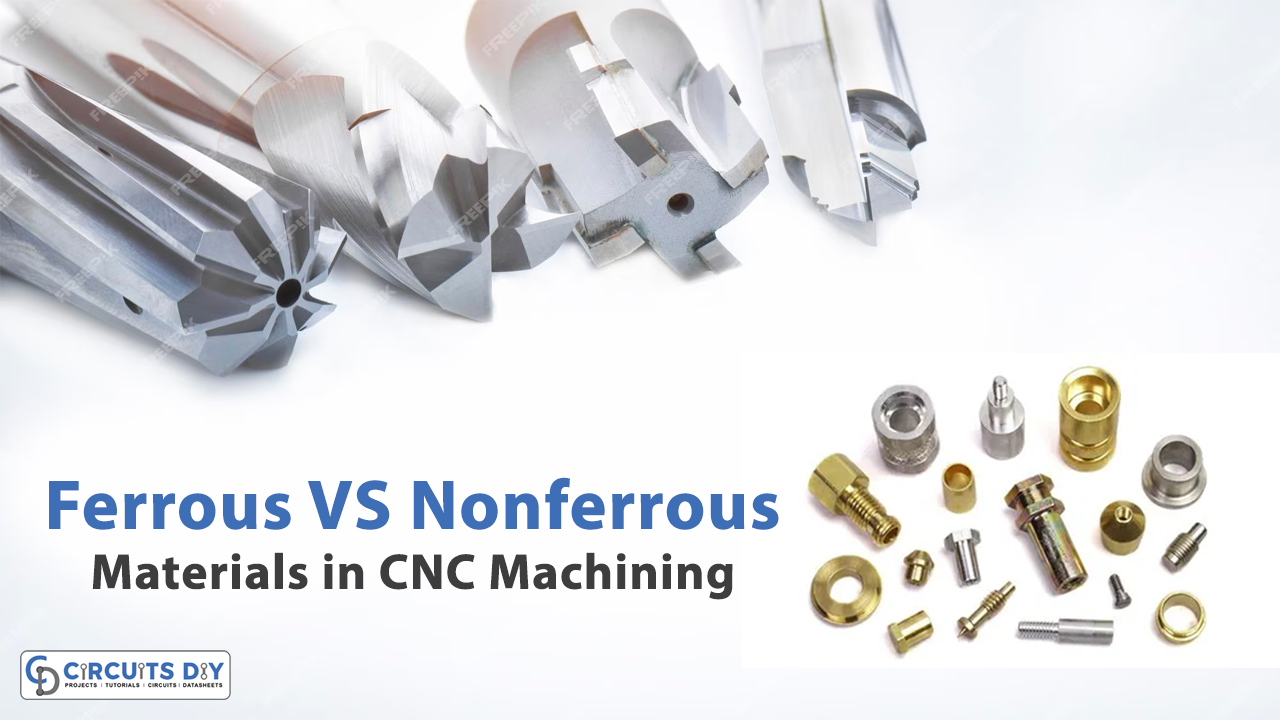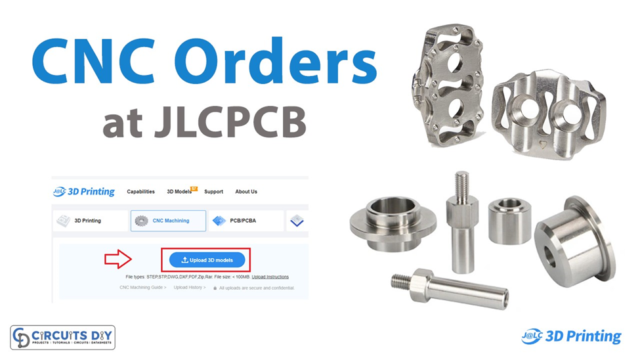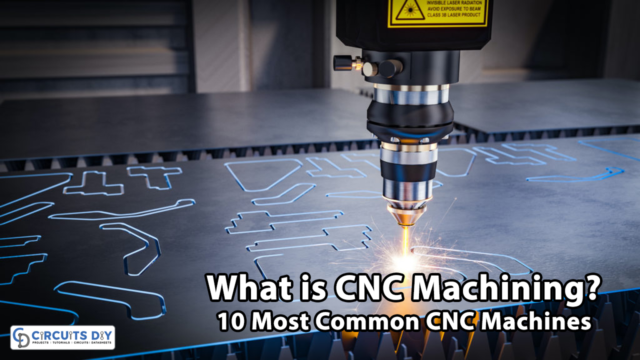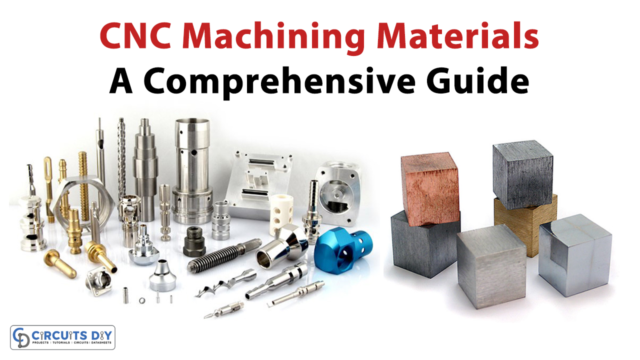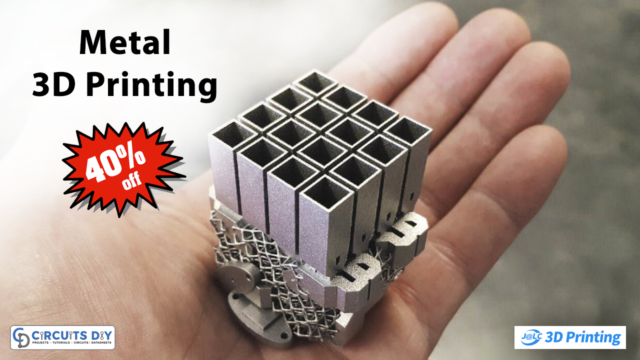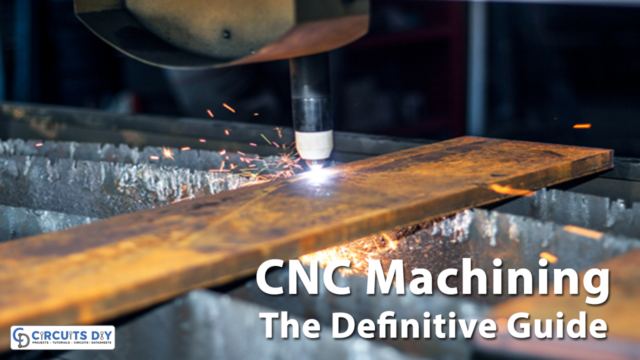Overview
Computer Numerical Control (CNC) machining is a cornerstone of modern manufacturing, enabling the precise shaping and milling of various materials. One of the fundamental decisions that engineers and manufacturers face when planning CNC machining processes is the choice between ferrous and nonferrous materials. This choice significantly impacts the outcome of the machining process, as each category has its own unique properties, advantages, and limitations. In this article, we will delve into the world of ferrous and nonferrous materials in CNC machining, exploring their characteristics and helping you make informed decisions for your specific manufacturing needs.
Unlock a world of possibilities in CNC machining with JLCPCB’s expertise in both ferrous and nonferrous materials! When it comes to ferrous materials like carbon steel, alloy steel, and cast iron, we harness their exceptional strength and durability to create components that withstand the test of time. For nonferrous materials such as aluminum, copper, and brass, we take advantage of their corrosion resistance and lightweight properties, making them ideal for applications where weight reduction or resistance to rust is critical. At JLCPCB, we understand the nuances of both material categories, ensuring that your CNC machining projects are tailored to your specific needs, whether it’s for structural integrity or corrosion-free performance. Partner with us to experience precision engineering with the right material choice every time.
Understanding Ferrous Materials
Ferrous materials are primarily composed of iron and typically contain varying amounts of carbon and other elements. The most common ferrous materials used in CNC machining are carbon steels, alloy steels, and cast iron. These materials are known for their exceptional strength, durability, and magnetic properties. Some notable examples include 1018 steel, 4140 alloy steel, and gray cast iron.
Advantages of Using Ferrous Materials in CNC Machining:
Strength and Durability:
Ferrous materials are renowned for their high tensile and compressive strength. This makes them suitable for applications where structural integrity and robustness are essential, such as automotive and aerospace components.
Machinability:
Many ferrous materials have excellent machinability, which means they can be easily cut, drilled, and shaped using CNC machines. This makes them a preferred choice for large-scale production runs.
Cost-Effectiveness:
Ferrous materials are often more cost-effective than nonferrous alternatives, making them an attractive option for budget-conscious manufacturers.
Limitations of Ferrous Materials:
Corrosion Susceptibility:
One of the significant drawbacks of ferrous materials is their vulnerability to corrosion. Without proper surface treatments, they can rust and deteriorate over time, limiting their suitability for outdoor or moisture-prone applications.
Density:
Ferrous materials tend to be denser than nonferrous materials, which can impact the overall weight of the finished product. This is a crucial consideration in industries where weight is a critical factor, such as aerospace.
Exploring Nonferrous Materials
Nonferrous materials, on the other hand, do not contain significant amounts of iron. Instead, they are typically composed of metals such as aluminum, copper, brass, and various alloys. Nonferrous materials are known for their corrosion resistance, lightweight properties, and excellent electrical conductivity.
Advantages of Using Nonferrous Materials in CNC Machining:
Corrosion Resistance:
Nonferrous materials excel in environments where corrosion is a concern. They are commonly used in marine, chemical, and electronic applications due to their resistance to rust and oxidation.
Lightweight:
Nonferrous materials, particularly aluminum, and its alloys, are exceptionally lightweight. This makes them ideal for applications where weight reduction is critical, like in the automotive and aerospace industries.
Conductivity:
Copper and its alloys are renowned for their excellent electrical conductivity, making them indispensable in the production of electrical components and wiring.
Limitations of Nonferrous Materials:
Softness:
Nonferrous materials are generally softer and less robust than ferrous materials. This can limit their use in applications that require high mechanical strength or wear resistance.
Cost:
Some nonferrous materials, such as certain high-performance alloys, can be relatively expensive compared to ferrous materials.
Choosing the Right Material for CNC Machining:
The choice between ferrous and nonferrous materials in CNC machining ultimately depends on the specific requirements of your project. Here are some key factors to consider when making this decision:
Application:
Consider the intended use of the machined part. Is it a structural component, an electrical element, or something else? This will guide you toward the materials with the most suitable properties.
Environment:
Assess the environmental conditions the finished product will be exposed to. If it will be in a corrosive atmosphere, nonferrous materials may be more appropriate.
Weight:
Determine if weight is a critical factor. If you need a lightweight solution, nonferrous materials like aluminum should be strongly considered.
Budget:
Take your budget into account. Ferrous materials are generally more cost-effective, but there may be cases where nonferrous materials offer unique advantages worth the investment.
Machinability:
Evaluate the ease of machining for the chosen material. Some materials may require specialized tooling and techniques, affecting production costs and timelines.
Conclusion
In conclusion, the choice between ferrous and nonferrous materials in CNC machining is a crucial decision that can significantly impact the performance and cost of your manufacturing project. Understanding the advantages and limitations of each material category, as well as considering your specific project requirements, will enable you to make an informed choice that ensures the success of your CNC machining endeavors. Ultimately, both ferrous and nonferrous materials have their place in modern manufacturing, and the right selection will lead to high-quality, reliable products.


